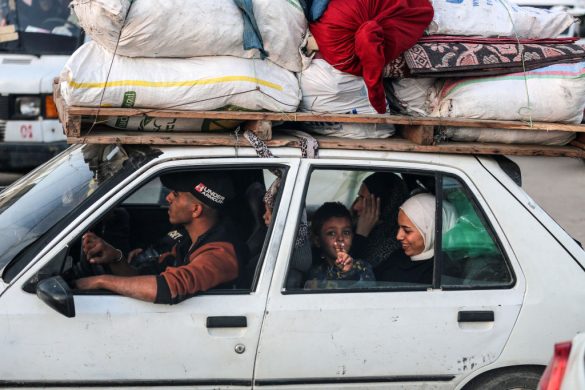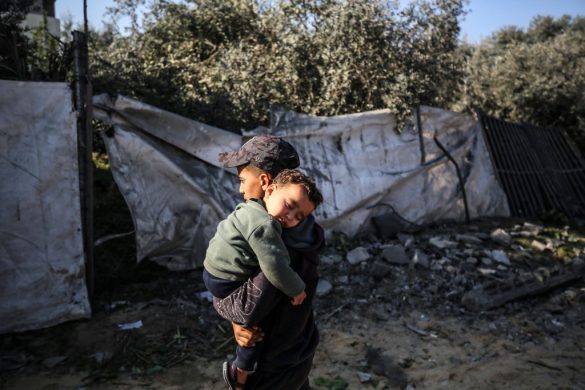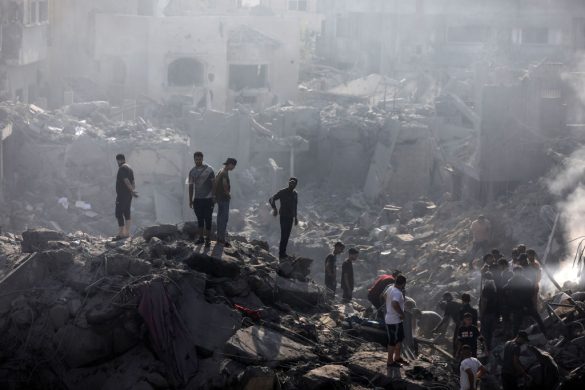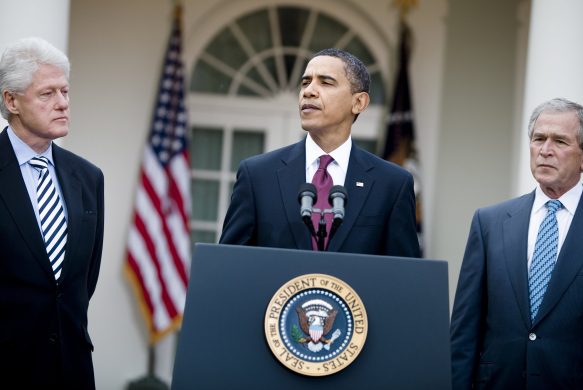De blodige protester i Kairo sætter spot på problemer verden over med at føre pålidelig statistisk over dødsofre for menneske- og naturskabte katastrofer og det har betydning for at levere en effektiv bistand til de overlevende.
BANGKOK, 16 August 2013 (IRIN): Varied death tolls emerging from Egypt’s latest clashes are a reminder that obtaining mortality statistics in emergencies is still a disputed, complicated and, at times, politicized task.
But tallied (optalt) correctly, researchers say mortality data can boost aid efficacy (effektivitet) and improve funding decisions.
“Funding to save people, in the aftermath, is driven by death tolls (tal),” said Debarati Guha-Sapir, director of the Brussels-based Centre for Research on the Epidemiology of Disasters (CRED), noting that death tolls are also a good indicator for survivors who need life-saving assistance.
Unlike mortality data from natural disasters, the number of dead from armed conflict can be used for political purposes and thus become subject to manipulation or misuse, according to CRED.
CRED has maintained an “emergency events” database on the occurrence and effects of more than 18.000 mass disasters worldwide from 1900 to the present.
The politics of numbers
In Egypt’s current political crisis, death tolls have differed wildly depending on the source.
In the hours following the forcible clearing of a mass sit-in of Muslim Brotherhood supporters by government forces on 14 August, the Brotherhood’s initial death toll was 500, while state TV said four people had been killed.
The government’s toll has since risen to more than 600 while the opposition’s toll is more than three times as high.
Many of the dead in Egypt were taken to makeshift (interimistiske) hospitals run by the Brotherhood movement itself, which made outside verification of the figures difficult.
The official death count is based only on bodies that passed through a hospital.
Darfur
Læs videre på
http://www.irinnews.org/report/98583/analysis-abacus-of-death-and-why-it-matters-for-the-living














